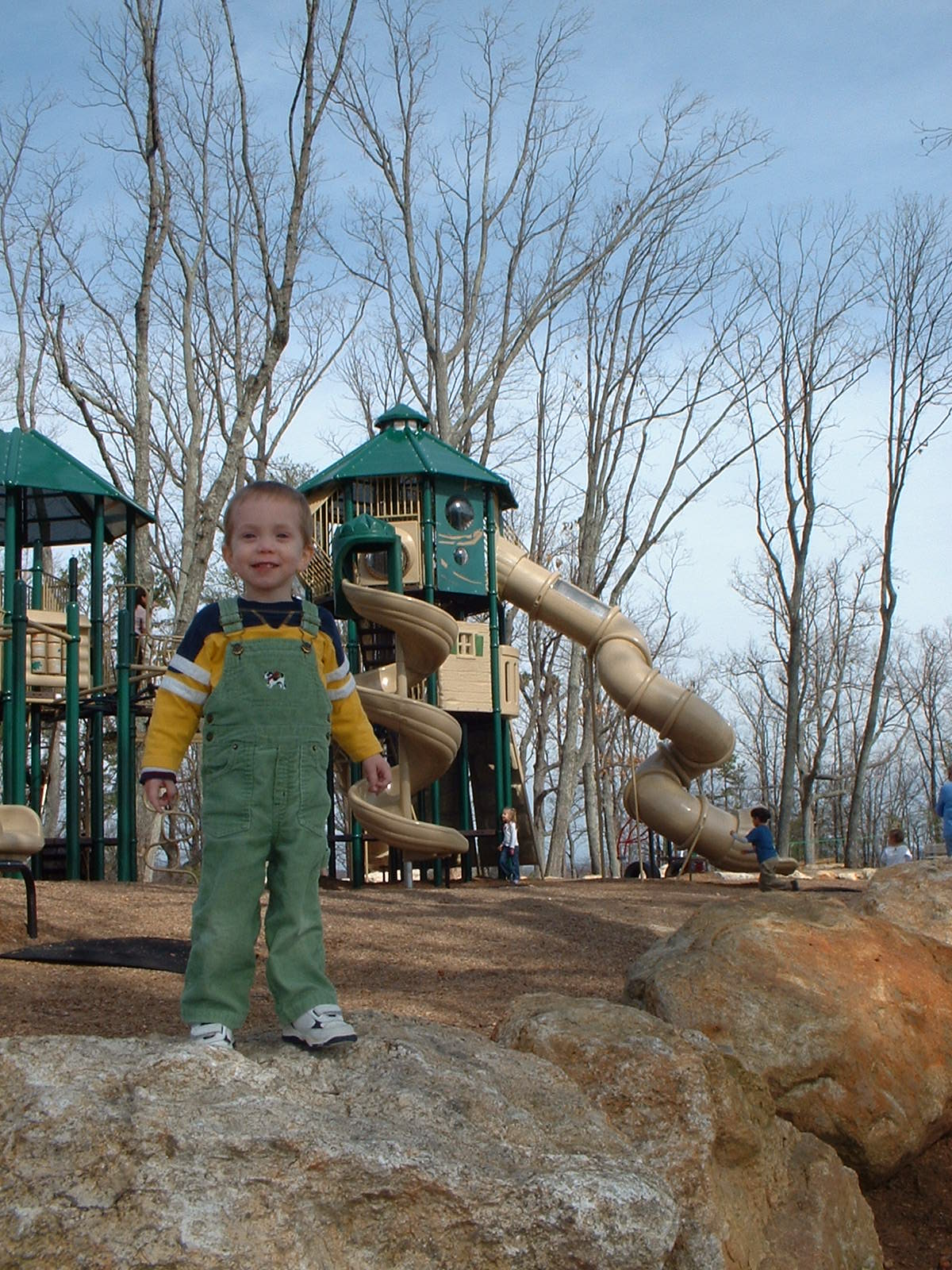On Friday, March 11, two years ago an 8.9 Richter
scale earthquake hit the Japan’s eastern coast. This is one of the top five
earthquakes ever recorded. The quake nearly killed 15000 people and there were
5000 people missing.
The magnitude of the quake unleashed a 7meter
tsunami and was followed by more than fifty aftershocks for hours. According to
the experts’ opinion, after an earthquake of this magnitude, the aftershocks
take quite a while to die down.
Hours later the tsunami struck Hawai and
warnings blanketed the Pacific, putting many areas on alert as far away as
South America, Canada, Alaska and the entire US West Coast.
Apart from the people who died, there were, in
my opinion, two main consequences:
1.- Nuclear Power plant explosion
The Fukushima plant was shut down during the
quake, but after that, the backup generators needed to power cooling systems,
but instead of that experienced critical failures. As a result of those
failures the pressure build-up and exploded. The officials warned that small
amounts of radioactive material were likely to leak from the plants. Finally,
the scientist sorted out the problem, but the whole world asked itself about the
consequences and if it was worth using nuclear power, especially in prone quake
lands.
2.- Earth Axis shifted due to quake
Recent studies have showed us that the earthquake
moved the main island of Japan about 2.4 meters and shifted the Earth rotation
axis by about 25 centimeters. Isn’t it amazing?
Learning from
Japan’s disaster
I have no doubt that everybody in the world
should learn from Japan’s reaction to this disaster. For example, within a
month, Senday airport, flooded by the tsunami, reopened. In some areas people
went to work only two days after the earthquake.
How long do you think Spanish authorities would have taken to sort out a disaster of this magnitude?
We have to recognize that Japan has one of the
most effective emergency response services in the world.
Japan’s early warning system is believed to
have saved a lot of businesses, hospitals and transportation networks because
it service was able to shut down all the running processes thirty to sixty
seconds prior to the earthquake.
What happened to Japan was such an enormous
tragedy, in particular for a country that is so well prepared. Everyone in this
country takes personal responsibility for their own preparation.
We have to understand that four tragedies confluence
at the same time: the 9.0 earthquake, the tsunami, the nuclear explosion, and a
snowstorm. These four disasters happened within 24 hours.
In those 24 hours we could see wrenching
stories, which really struck a chord, but we have to learn a lot of Japanese
people, how they were able to deal with those four tragedies at the same time
and what incredible society it is in terms of how they came together and helped
each other. They are simply extraordinary people.
It’s a reality that nuclear power is the most
efficient source of energy that it’s ever been developed, because we can get a
big amount of energy with a little amount of uranium but, on the other hand
it’s the most dangerous energy too, so …..
Why do human
beings have to take so many risks?
Could we live
without using nuclear power?
Are human beings
unable to produce a less dangerous but efficient energy?
I think that the answer to these questions is
YES, but while we’re trying to find an answer, the politicians are busy, thinking
about money and trying not to lose their best position in the picture, while
the whole world is being polluted.



















